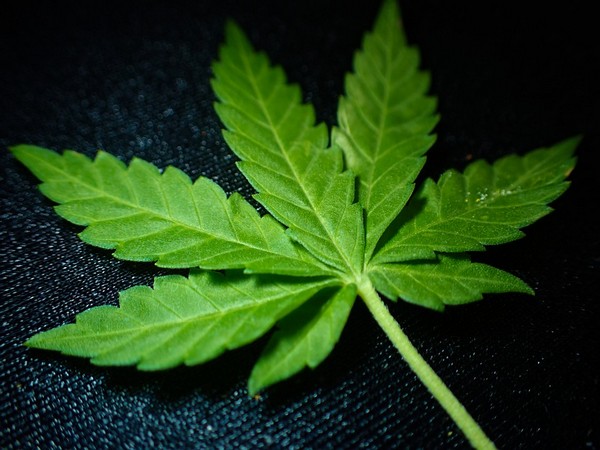New Jersey [US], February 20 (ANI): Researchers during a recent study found that adolescents who live in California may be more likely to use marijuana since adult recreational use of it was legalized in 2016.
The findings were published in the Journal of Studies on Alcohol and Drugs. Lead researcher Mallie J. Paschall, PhD, a senior research scientist at the Prevention Research Center of the Pacific Institute for Research and Evaluation in Berkeley, California says, “The apparent increase in marijuana use among California adolescents after recreational marijuana legalization for adult use in 2016 is surprising given the steady downward trend in marijuana use during years before legalization.”
Paschall and his colleagues analyzed data from over three million 7th, 9th, and 11th graders who participated in the California Healthy Kids Survey from 2010-2011 through the 2018-2019 school years. The adolescents provided information on their grade, sex, ethnicity, race and lifetime and past-30-day marijuana use. The marijuana use question was updated in the 2017-2018 and 2018-2019 surveys to include the words “smoke, vape, eat, or drink,” reflecting the wide variety of marijuana products now available.
The researchers observed significant increases in the prevalence of lifetime and past-30-day marijuana use among nearly all demographic groups from 2017-2018 to 2018-2019 school years, after the legalization of adult recreational use: an 18% increase in the likelihood of lifetime use and a 23% increase in past-30-day use. These numbers may reflect greater use of vaping products, and the overall increase was even more likely among those in demographic groups with historically lower rates of marijuana use.
“I was somewhat surprised to see relatively greater increases in the prevalence of marijuana use among younger adolescents (7th graders) relative to 9th and 11th graders, among females versus males, among non-Hispanic versus Hispanic youth, and among Whites versus youth in other racial groups,” says Paschall. “In other words, there were greater increases in marijuana use prevalence after recreational marijuana legalization among youth in ‘low-risk’ groups, which is concerning.”
Paschall says he can only speculate as to the reason, but that the greater increases in these normally low-risk groups may be attributed to marijuana use becoming more normative due to legalization, along with relatively greater overall declines in marijuana use among youth in historically ‘high-risk’ groups during the study period.
The study also indicated greater increases in the frequency of past-30-day marijuana use among older adolescents, males, African American and Asian youth who were regular users. There were notable increases in marijuana use frequency among adolescents in 2018-19, which may reflect national increases in the use of vaping products.
“Recreational marijuana legalization may be contributing to an increase in marijuana use among adolescents in California, but we need to do further research to confirm this,” says Paschall. “We also need to look more closely at what’s happening at the local level, because there is a lot of variation in marijuana policies in communities across California and the United States. Also, we need to know more about how adolescents are getting marijuana and what forms of marijuana they are using, since there is such a great variety of cannabis products available.”
The researchers suggest that recreational marijuana legalization may present increased opportunities for adolescents to obtain marijuana and that the increasing availability of non-smoking products such as edibles may prove appealing as well.
“I’m interested in whether recreational marijuana legalization for adult use may affect use among adolescents, possibly by changing norms regarding the acceptability of marijuana use, perceived harms of marijuana use, or availability of marijuana to youth,” says Paschall.
Paschall and his colleagues also write that states and communities that have legalized adult recreational marijuana use and sales could benefit from implementing both stricter controls on the availability of marijuana to adolescents and evidence-based prevention programs. (ANI)

















